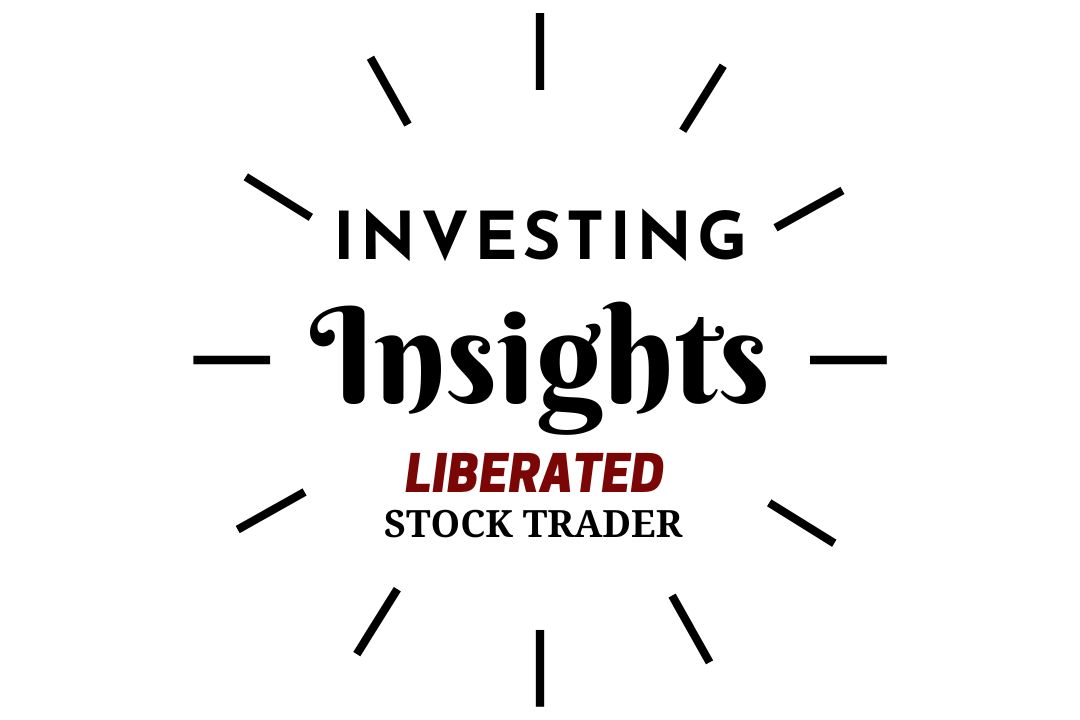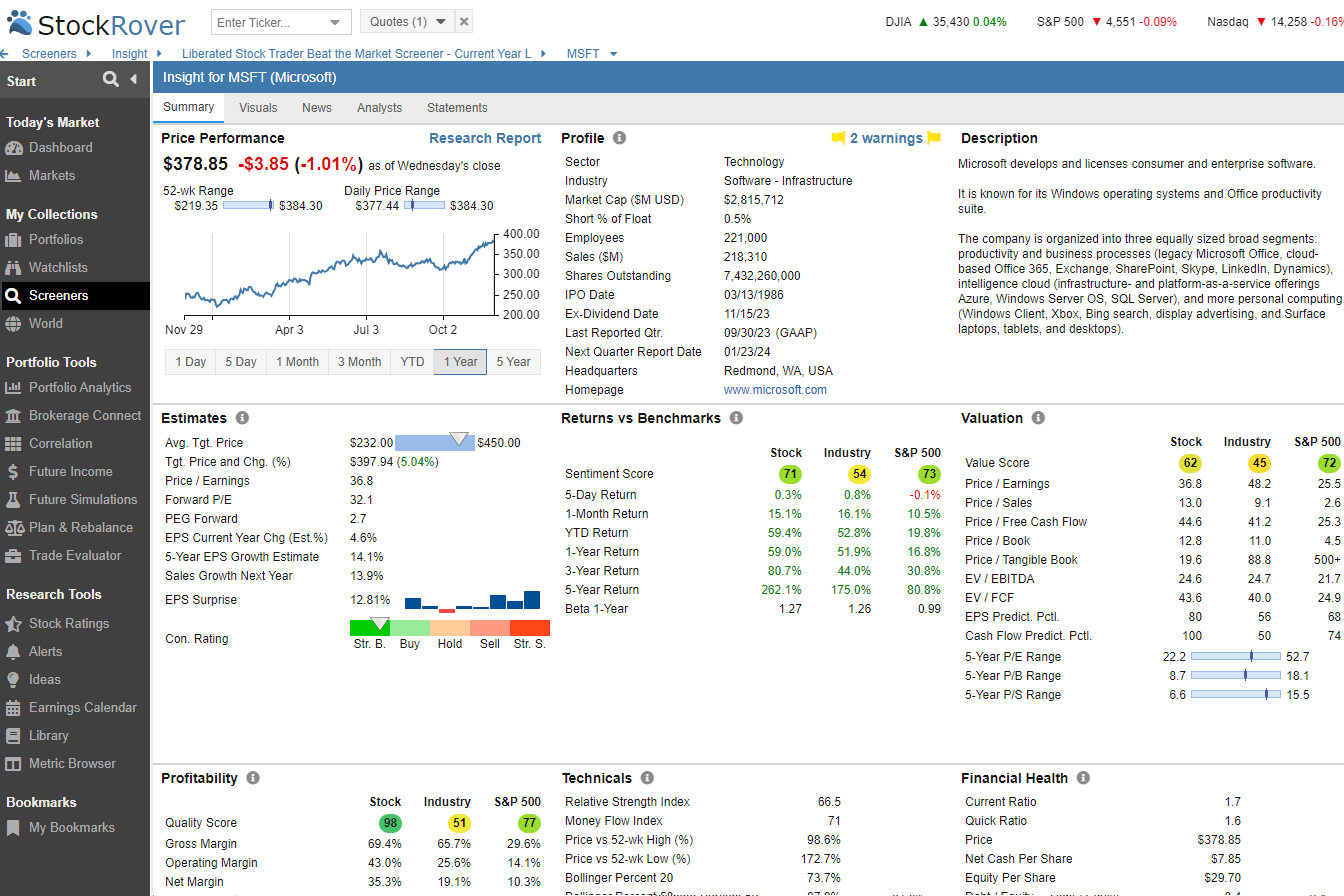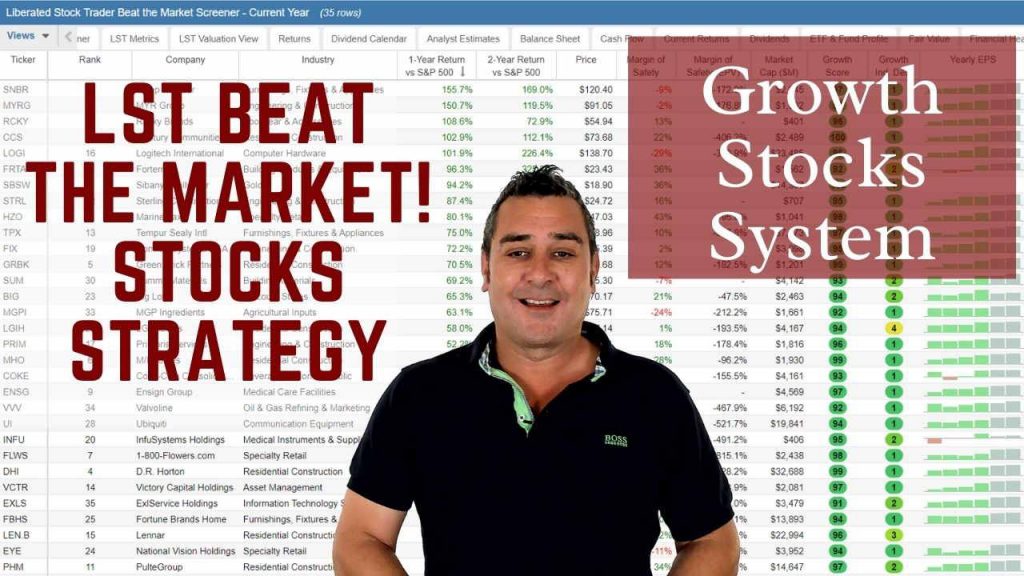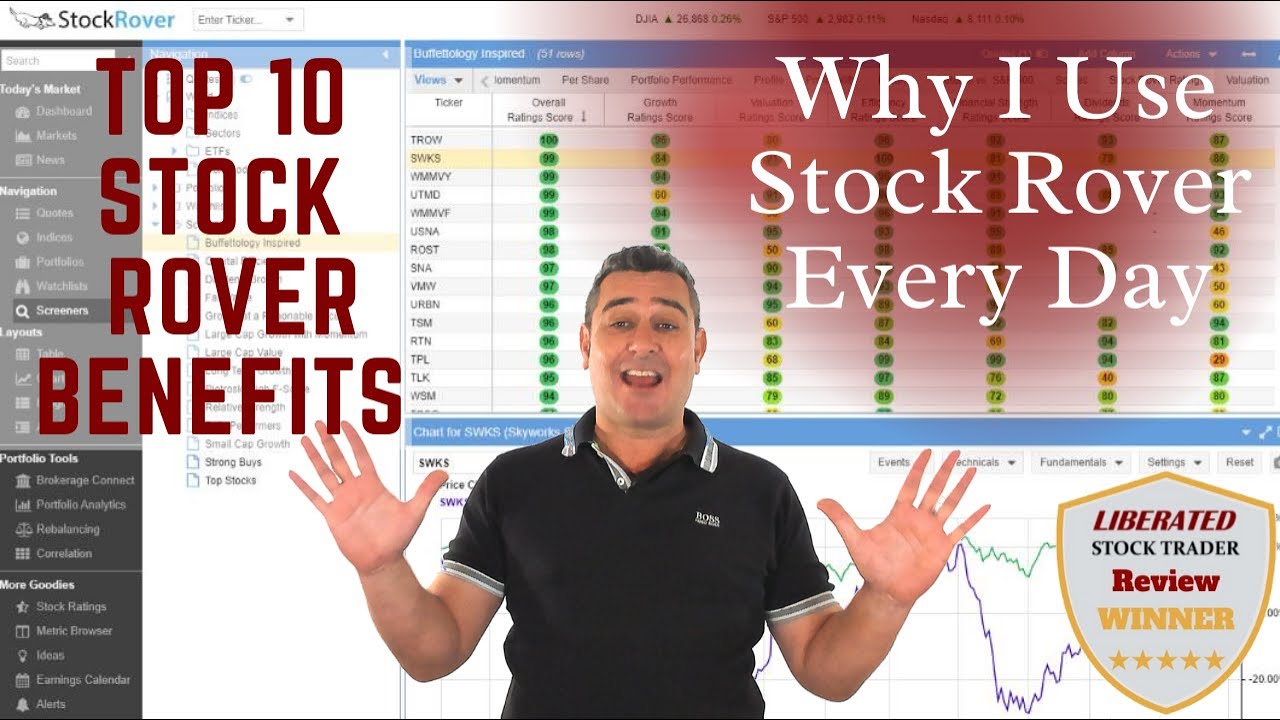Dividend reinvestment plans are an effective way to reinvest dividends directly with a company to accumulate more shares over time without having to pay commission fees for each transaction.
This allows for a steady stream of cost-effective income for the investor and stability for the company. With a dividend reinvestment plan, investors can choose to automatically reinvest their dividends in whole or in part, giving them the flexibility to customize their investment strategy.
Let’s dive into DRIP investing.

What is DRIP Investing?
DRIP investing is a way for investors to bypass brokerages and invest in a company directly through a self-administered dividend reinvestment scheme. DRIPs enable investors to constantly grow their investment and reinvest any earned dividends into the company to purchase more shares.
Cash Dividend vs. Dividend Reinvestment Plans
A cash dividend is paid directly to the shareholder’s bank account, whereas a dividend reinvestment plan invests dividend proceeds directly into buying more stocks.
A cash dividend payout refers to the distribution of cash to shareholders who hold the company’s shares and are entitled to receive dividends. You can instruct your broker to reinvest the dividends or receive them as cash payouts.
Alternatively, you can receive quarterly dividend payments from the company and opt for a Dividend Reinvestment Plan (DRIP), where the dividend amount will be used to purchase additional shares in the same company. This way, you can benefit from the compounding effect of reinvesting your dividends and potentially grow your ownership in the company over time.
8 Benefits of DRIP Investing
1. Increase your ownership stake in the company
Every time you reinvest a dividend, you are buying more company shares. By reinvesting over time, you can increase your ownership stake and benefit from potential stock price appreciation as the company’s value increases.
2. Lower commissions
DRIPs don’t charge commission fees for reinvesting dividends or buying additional shares. This helps you maximize your returns and significantly reduces the cost of investing.
3. Low initial investment
DRIPs often require a low minimum investment, so you don’t need to have large sums of money available to invest in and benefit from the DRIP program. This makes it easier for investors with limited capital to begin building their portfolios in a long-term and financially responsible manner.
4. Automatic reinvestment
Rather than manually reinvesting your dividends or purchasing additional shares, DRIPs automatically do this for you without effort. This helps ensure that you’re consistently investing and taking advantage of opportunities.
5. Tax benefits
Depending on the type of DRIP program you participate in, you may enjoy certain tax benefits, such as deferring capital gains taxes or possibly deducting your income taxes.
6. Flexibly Add Extra Funds To Your DRIP Account
You are also not limited to your dividends being in-invested to buy additional shares; you can also directly buy extra shares through the DRIP account.
7. Preferential Stock Prices
Another benefit of some DRIPs is that they will enable you to buy shares at a discounted rate. They can vary widely. I have seen some plans offering up to an 8% discount. And did I mention Zero Brokerage Fees?
8. Enables dollar cost averaging
As part of DRIP investing, you can purchase additional shares in the company at periodic intervals. Regularly purchasing smaller amounts of stock can help you average your cost per share, which may reduce the risk and volatility associated with investing in individual stocks.
You want to be a successful stock investor but don’t know where to start.
Learning stock market investing on your own can be overwhelming. There’s so much information out there, and it’s hard to know what’s true and what’s not.
Liberated Stock Trader Pro Investing Course
Our pro investing classes are the perfect way to learn stock investing. You will learn everything you need to know about financial analysis, charts, stock screening, and portfolio building so you can start building wealth today.
★ 16 Hours of Video Lessons + eBook ★
★ Complete Financial Analysis Lessons ★
★ 6 Proven Investing Strategies ★
★ Professional Grade Stock Chart Analysis Classes ★
Example: Dollar-Cost Averaging DRIP Benefit
Dollar-cost averaging is an investment strategy in which an investor divides the total amount into equal parts and invests those parts at regular intervals. In this example, the investor had $8,000 to invest in shares. Instead of investing it all at once, they regularly purchased smaller amounts of stock by breaking it into eight payments of $1,000 each. The chart above shows the purchase quarter, share price per unit, number of shares purchased in that quarter, share value at the end of the 8th payment, and the average cost per share over all eight payments.
| Quarter Purchased | Share Price | # of Shares | # of Shares |
| Time | Price | 1 Payment $8,000 | 8 Payments $1,000 |
| Q1 | $10 | 800 | 100 |
| Q2 | $9 | 111.11 | |
| Q3 | $8 | 125 | |
| Q4 | $7 | 142.86 | |
| Q5 | $10 | 100 | |
| Q6 | $11 | 90.91 | |
| Q7 | $12 | 83.33 | |
| Q8 | $13 | 76.92 | |
| Total Shares Owned | 800 | 830.13 | |
| Share Value Q8 | $10,400 | $10,791 | |
| $ Cost Average Benefit | 0% | 3.8% | |
| Average Cost Per Share | $10 | $9.64 |
Table 1: Dollar Cost Averaging Example
The benefit here is that because you are buying small amounts regularly, you can effectively reduce the risk and volatility of investing in individual stocks by averaging your share cost. This means even if some quarters have lower or more expensive prices than others, your overall average cost is reduced; thus, you may incur less loss overall compared to investing one lump sum all at once.
Non-Dollar Cost Averaging
The first example is a payment of $8,000, which buys 800 shares at $10 per share. At the end of 8 quarters, the total share value is $10,400 – (Share Price in Quarter 8 * 800 shares)
Dollar-Cost Averaging
In this example, the investor spreads the payment of $1,000 in 8 installments over eight quarters. As you can see, the investor gets more shares for each $1,000 invested when the share price is lower.
When the share price is $7, the investor gets 142 shares for $1,000. Also, when the share price is higher at $13, the investor receives only 76.92 shares.
Assuming the share price distribution is equal across the eight quarters, the dollar cost average investor has, in the end, received a benefit of $391 (the difference between the share value of $10,400 in example 1 and $10,791 in example 2.
This means the dollar-cost averaging investor has a benefit of 3.8%; not only that, the average share price cost is $964 rather than $10 per share.

Try Powerful Financial Analysis & Research with Stock Rover
3 Advantages of DRIPS for the Corporation
A dividend reinvestment plan (DRIP) offers several advantages to a corporation. Allowing shareholders to purchase additional shares directly from the company’s treasury enables corporations to access capital without issuing new stock or borrowing money. This reduces expenses and other risks associated with raising funds through debt or equity issuance.
Additionally, DRIPs are typically less expensive than other stock purchases since the company does not have to pay transaction costs associated with buying or selling shares on the open market. This can potentially lead to higher profits for the corporation as well.
Finally, DRIPs promote loyalty among shareholders by rewarding them with additional shares when they reinvest their dividends. This increases investor satisfaction and helps maintain a steady shareholder base. DRIPs can be a great way to invest in stocks while reducing risk and cost.
1. Generating Extra Investment Capital
When a company goes public, it receives the money generated from the Initial Public Offering (IPO) by selling shares of the business.
However, after that, the buying and selling of the common stock on the stock exchange do not benefit the company as the exchange of shares is a transaction between private buyers and sellers; none of that revenue goes to the company.
But when you invest in a DRIP and receive your dividend in the form of shares or invest in extra stocks in your DRIP, the shares come from the company’s private share reserves.
Therefore, if you invest $8,000 in your DRIP, the company records that cash as increased working capital.
2. Encourages Long-Term Investment
The stock market can be volatile, with stock prices fluctuating dramatically. Those invested in DRIPS are in for the long term and are unlikely to exit their investment during times of uncertainty. Using dollar-cost averaging presents a real benefit to the long-term investor. Paradoxically, during the bad times, the investors get more shares for their money.
3. Improves Investor Stability
Selling your Dividend Reinvestment Plan Shares is not as straightforward as selling on an open stock exchange. When you sell, you sell back to the company, not on the open market. This means there is less liquidity, which encourages more stability in the investor base for the company.
Are Dividend Reinvestment Plans Worth It?
Dividend Reinvestment Plans have their benefits and drawbacks. They are an excellent way of accumulating wealth over the long term, especially through dollar-cost averaging and the compounding effect of dividend reinvestment.
However, investors should know that liquidity can be problematic and may not be ideal for short-term investment strategies. Ultimately, however, DRIPs are a great way to invest for the long term and should be taken seriously when considering investing options.
A Dividend Reinvestment Plan is an excellent option for those who want their money to work harder without continuously monitoring the stock market.
Ever Dreamed of Beating the Stock Market
Most people think that they can't beat the market, and stock picking is a game only Wall Street insiders can win. This simply isn't true. With the right strategy, anyone can beat the market.

The LST Beat the Market Growth Stock Strategy is a proven system that has outperformed the S&P500 in 8 of the last 9 years. We provide all of the research and data needed to make informed decisions, so you no longer have to spend hours trying to find good stocks yourself.
The LST Beat the Market System Selects 35 Growth Stocks and Averages a 25.6% Annual Return
★ 35 Stocks That Already Beat The Market ★
★ Buy The Stocks & Hold For 12 Months - Then Rotate ★
★ Fully Documented Performance Track Record ★
★ Full Strategy Videos & eBook ★
Take The Pain Out Of Stock Selection With a Proven Strategy
Summary
As you can see, if you are seriously committed to long-term investments, DRIPs offer many advantages for increasing your investment pot over time.
- Preferential Taxes through Qualified Dividends
- No Brokerage Fees for shares purchased through DRIPS
- Dollar-Cost Averaging over the long-term
- Discounts on Share Prices
- Deferred Tax Payments on unrealized Gains
Investing In Stocks Can Be Complicated, Stock Rover Makes It Easy.
Stock Rover is our #1 rated stock investing tool for:
★ Growth Investing - With industry Leading Research Reports ★
★ Value Investing - Find Value Stocks Using Warren Buffett's Strategies ★
★ Income Investing - Harvest Safe Regular Dividends from Stocks ★

"I have been researching and investing in stocks for 20 years! I now manage all my stock investments using Stock Rover." Barry D. Moore - Founder: LiberatedStockTrader.com

